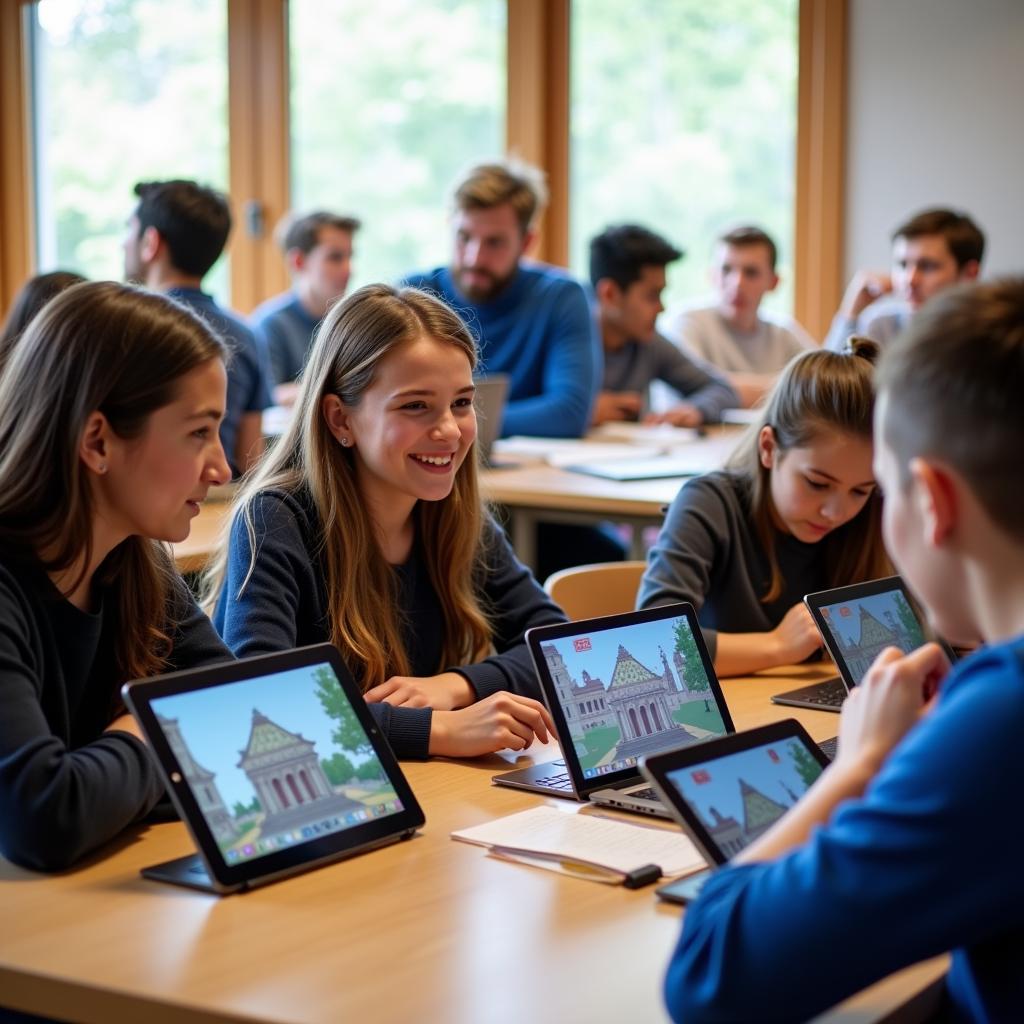As digital games continue to evolve as educational tools, similar to how Physical education in schools importance has shaped learning, their role in history education has become increasingly significant.
Passage 1: The Evolution of Educational Gaming
In recent decades, digital games have transformed from mere entertainment to powerful educational tools. The integration of gaming elements into history education has revolutionized how students engage with historical content. Much like Collaborative problem-solving in online games, these educational platforms create immersive learning experiences.
Educational game developers have been creating historically accurate simulations that allow students to experience pivotal moments in history firsthand. These games incorporate detailed historical research, authentic period settings, and accurate representations of historical figures and events. Through interactive gameplay, students can make decisions that mirror those faced by historical figures, helping them understand the complexity of historical events.

Questions 1-5 (Multiple Choice)
Choose the correct letter, A, B, C, or D.
- What is the primary purpose of using digital games in history education?
A) Entertainment
B) Enhanced learning engagement
C) Technical skill development
D) Teacher replacement
[Continue with remaining questions and passages…]
Answer Key for Passage 1:
- B
[Rest of answers…]
Passage 2: Impact and Effectiveness
Studies examining the effectiveness of digital games in history education have shown promising results. Similar to How video games are being used to teach social skills, these educational tools develop multiple competencies simultaneously.
[Continue with full passage content and questions…]
Passage 3: Future Perspectives
The future of digital games in history education looks increasingly sophisticated, incorporating elements from The role of cultural icons in educational content to create more engaging experiences. New technologies like virtual and augmented reality are expanding the possibilities for historical learning.